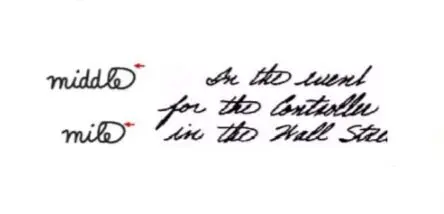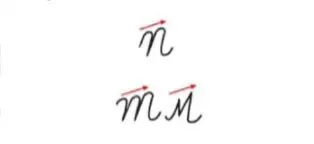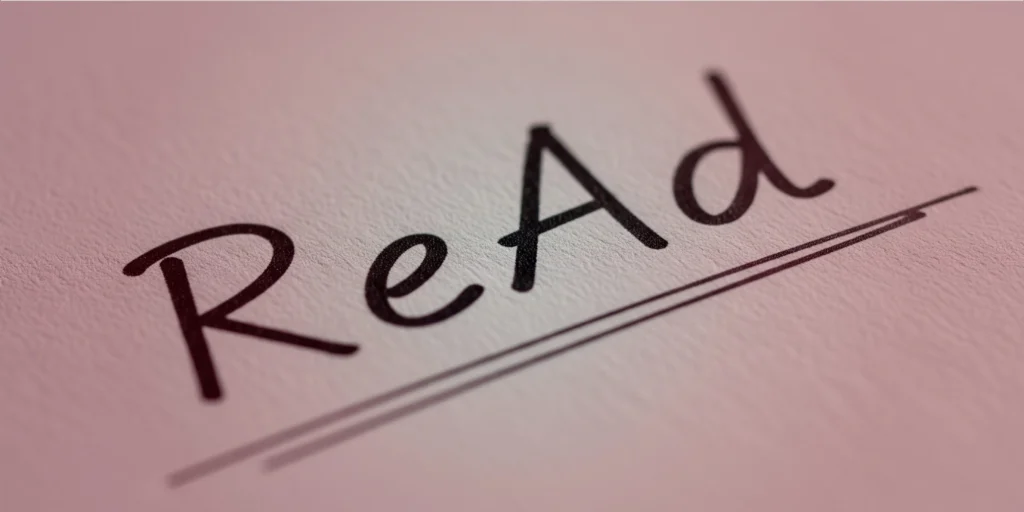Fear and anxiety are inseparable from human life. We naturally experience these feelings. These feelings fall under the fears category, identified by Karohs in the 10 personality aspects, which include two traits: self-castigation and self-consciousness.
Fear and anxiety are normal, as long as they are within reasonable limits and do not last long. Internal fear or anxiety is an emotional reaction to internal and external stimuli. Some people who experience this type of anxiety are unsure whether they can control their response to the fear they feel. They feel depressed, disturbed, sometimes confused, worried, and powerless to face a situation. At that point, their perspective often becomes negative.
Discussing the aspect of fear in human personality, let’s learn together about the differences between self-castigation and self-consciousness, along with their characteristics in handwriting, so we can be more aware of our own personalities and be able to respond to things more effectively and wisely.
1. Self-Castigation
Basically, self-castigation is the act of severely criticizing oneself. It’s the act of excessively blaming, criticizing, or punishing oneself for a perceived mistake or failure. Self-castigation can be mental or physical. For example, negative thoughts, feelings of worthlessness in front of others, or even physical acts of self-harm.
Self-castigation differs from self-sabotage. While both can be detrimental, the term self-sabotage is broader than self-castigation and encompasses a variety of self-defeating behaviors. Self-castigation is more specific to self-punishment or self-criticism.
So, it’s clear that self-castigation involves self-punishment, either mental or physical, as well as feelings of inadequacy, inferiority, or lack of respect as a result of a perceived mistake. Based on the study of handwriting by Dr. Erika M. Karohs, signs of self-castigation include :

Have you ever encountered this style of handwriting? It’s handwriting with flowing, upward-curving edges and drawn to the left. This handwriting indicates that the writer fundamentally needs attention from others. However, their poor writing skills often lead them to self-deprecation, self-blame, or even self-harm.
2. Self-Consciousness
Unlike self-castigation, self-consciousness is a nervous or uncomfortable feeling you have when you’re worried about what people think of you or your actions. It focuses on concerns about how you’re perceived by others.
This term refers more to self-awareness, both internally (thoughts and feelings) and externally (appearance and actions), which often leads to anxiety, nervousness, or embarrassment, especially when you feel watched, monitored, or judged by others.
Self-consciousness is the opposite of positive and constructive self-awareness. The main aspects of self-consciousness are personal self-awareness, public self-awareness, and concern about others’ perceptions.
While it can be beneficial in helping you understand yourself, having excessive self-consciousness is not healthy. It can negatively impact your life, for example, by hindering social interactions, hindering personal development, lowering your performance, etc.
Next, let’s look at handwriting analysis. What is the characteristic of self-consciousness in handwriting?

This is the sign of self-consciousness in handwriting. There are higher points on the letters “m,” “n,” “M,” and “N.” This handwriting style indicates that the writer is aware of their shortcomings and does not want others to know about them, as if the writer has built a “wall” or “barrier” against others.
There is a fear of being “ridiculed” or embarrassed by others, discomfort in the presence of strangers (new people), especially those they consider superior, and an effort to maintain spontaneous reactions.
Conclusion
The main difference between self-castigation and self-awareness is that self-castigation is the act of excessive self-criticism or negative self-blame, while self-consciousness is the ability to be aware of our own existence and nature, which can be both positive and negative. Self-castigation focuses on what you do to yourself, while self-consciousness is about what you know about yourself.
Understanding self-castigation and self-consciousness isn’t difficult, it is crucial. Hopefully, by understanding them, we can better manage them and avoid excessive anxiety.
Let’s get to know ourselves better! One way to learn more about yourself is by studying handwriting analysis. Where else but at KAROHS School? Here, you can learn more about the aspects of self-castigation and self-consciousness in handwriting, taught by highly experienced mentors. Our recommended course is the comprehensive online course, with flexible hours and a comfortable, no-pressure learning environment. Don’t miss out on our class; register NOW!













